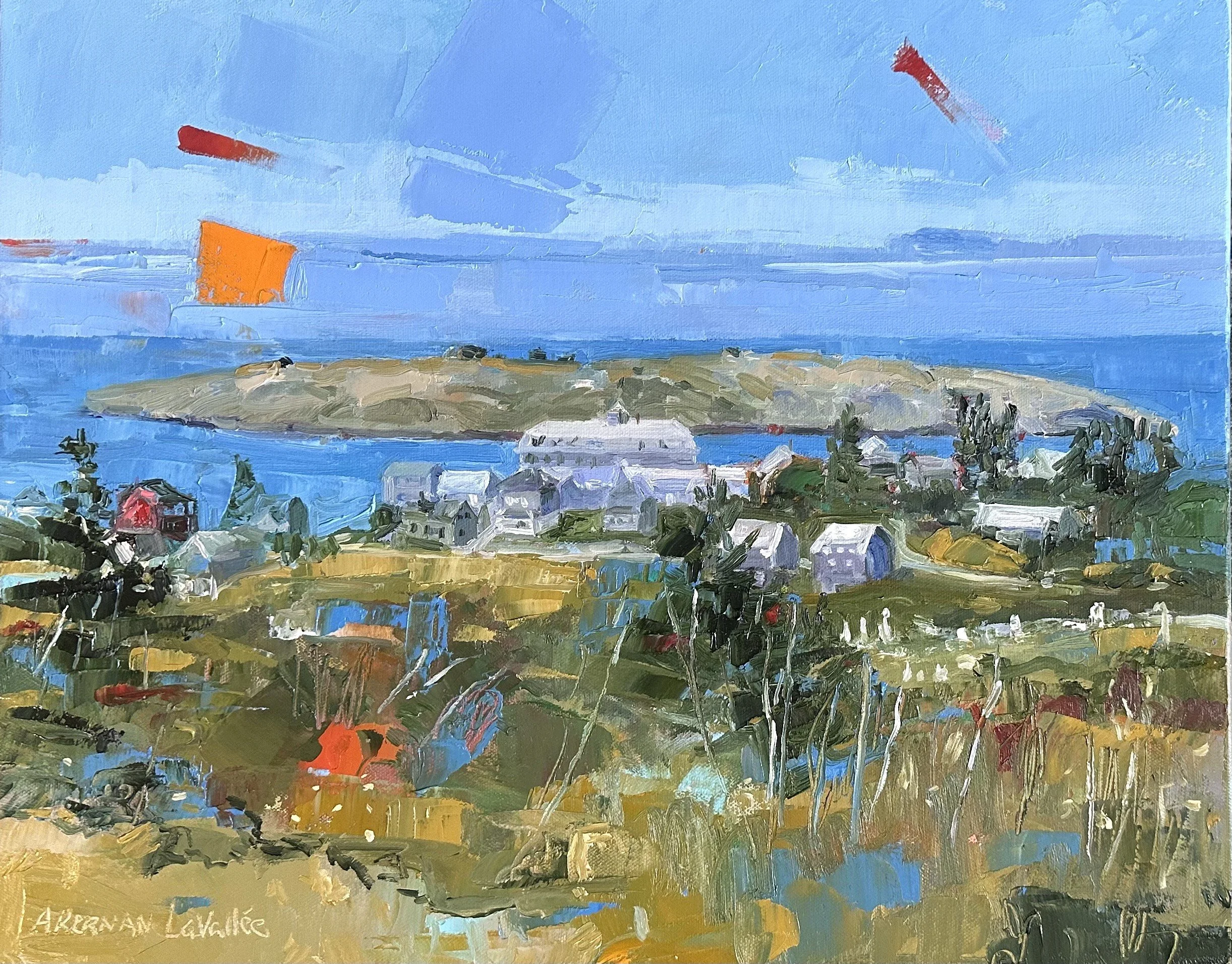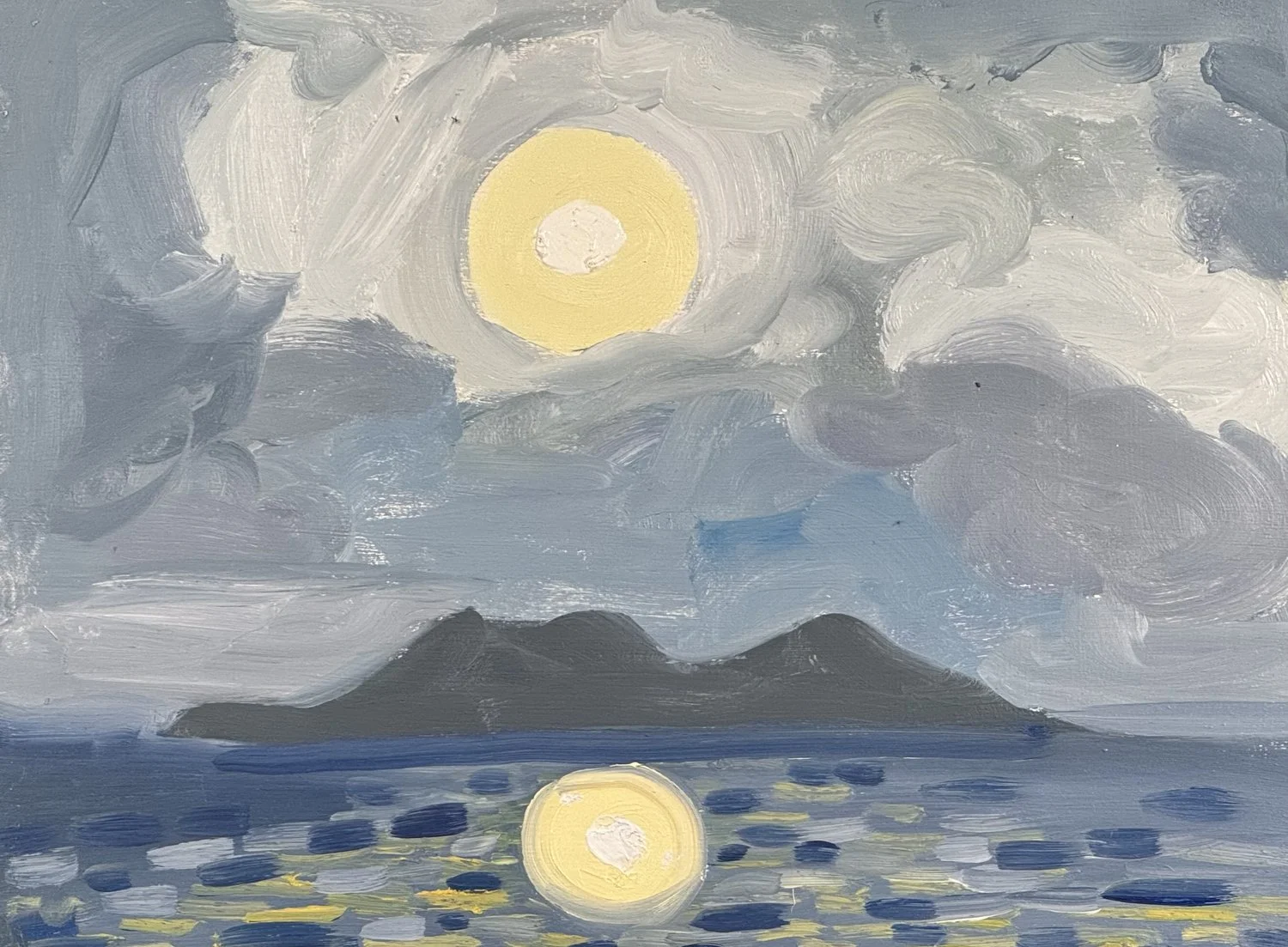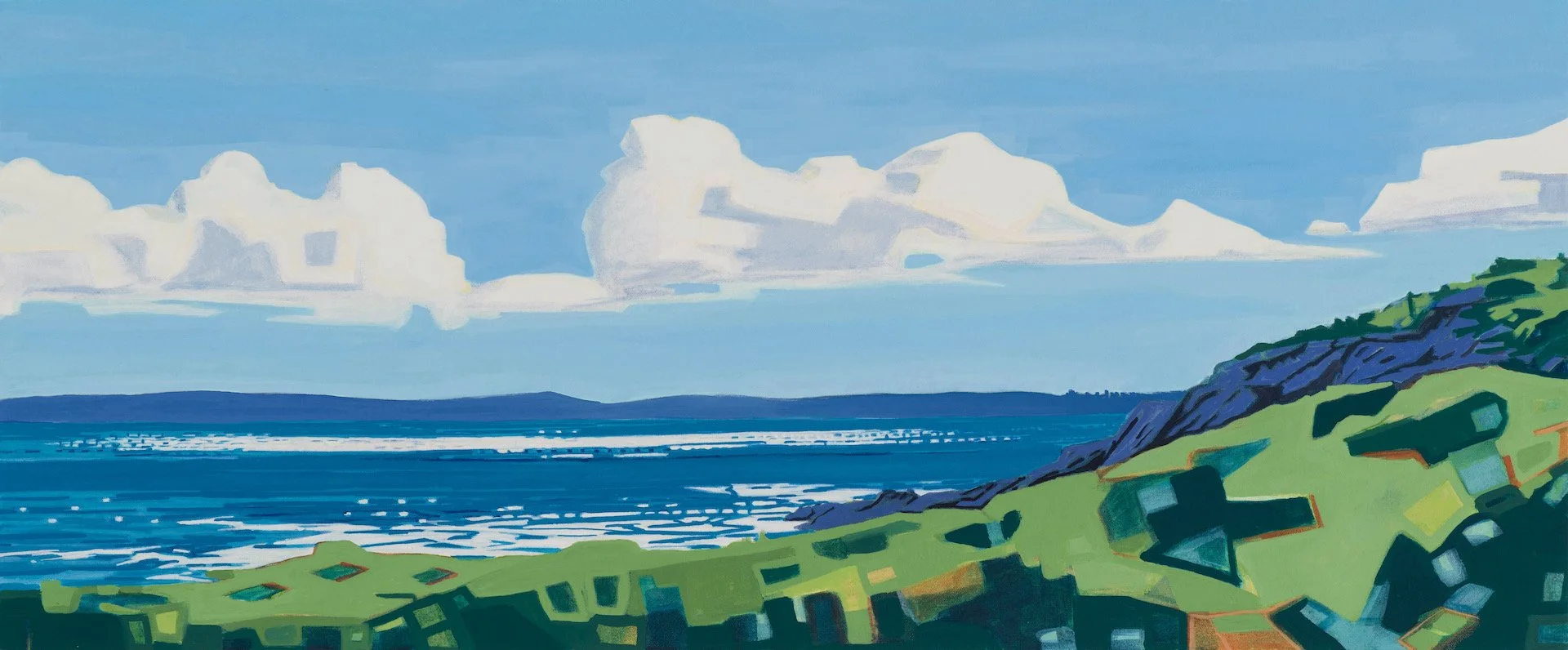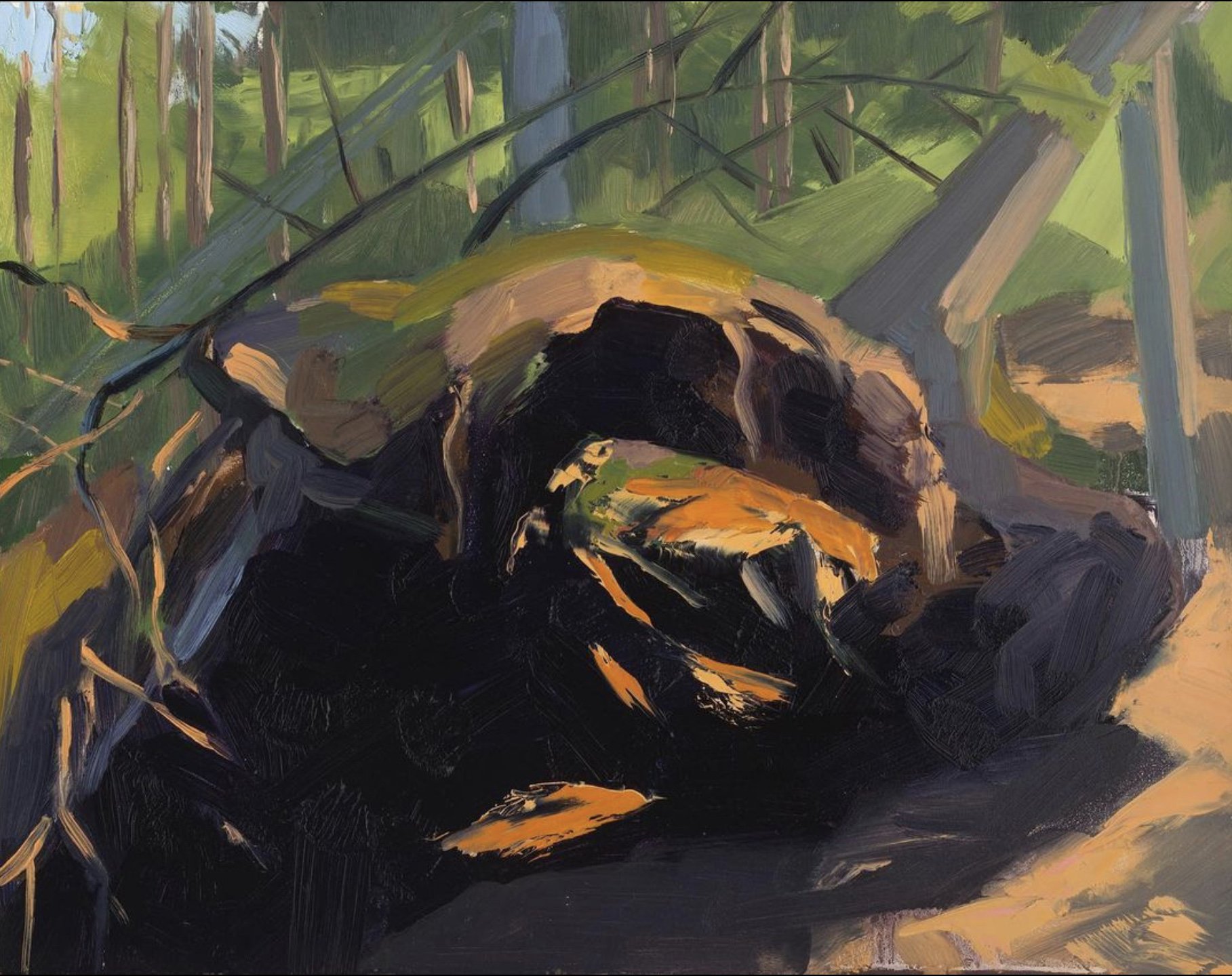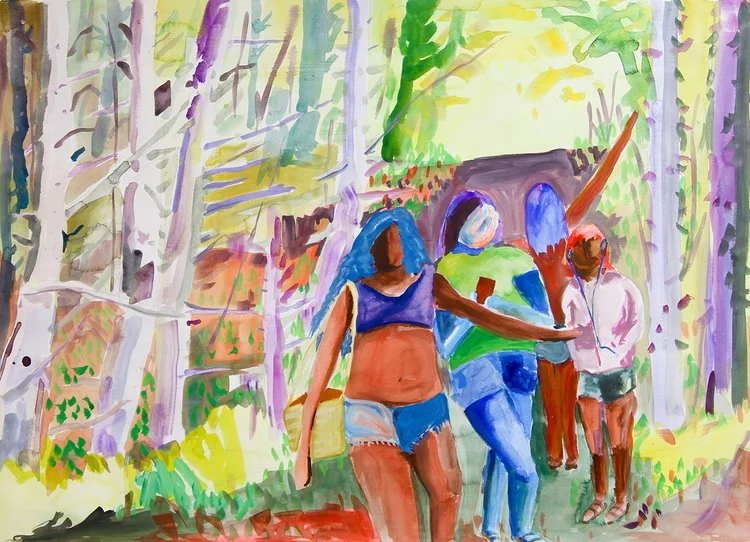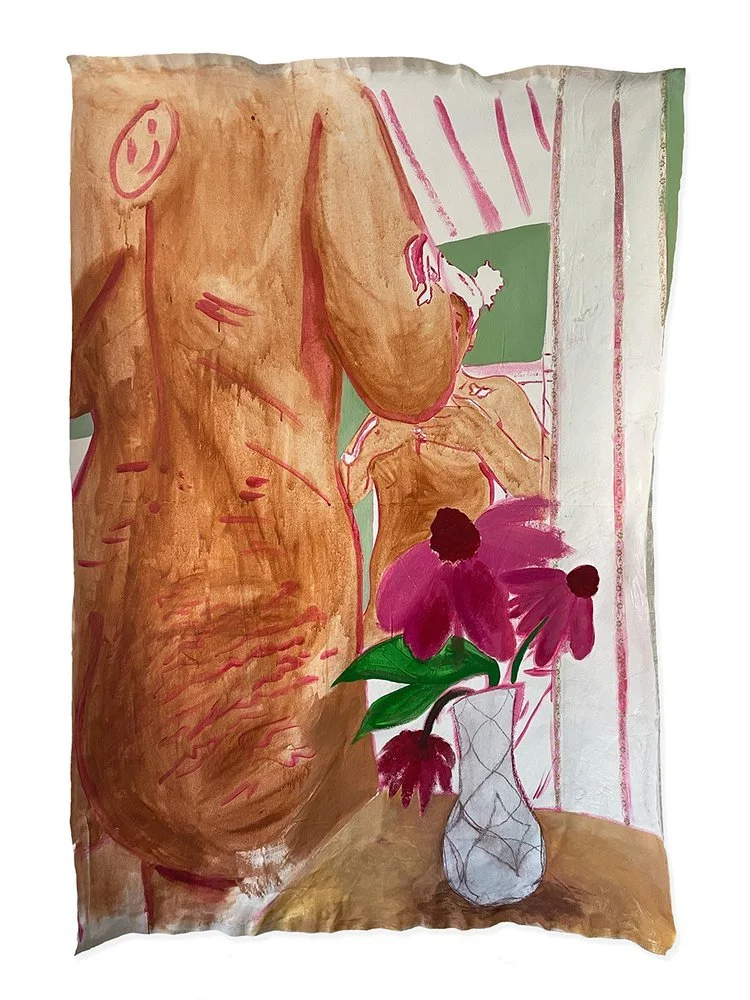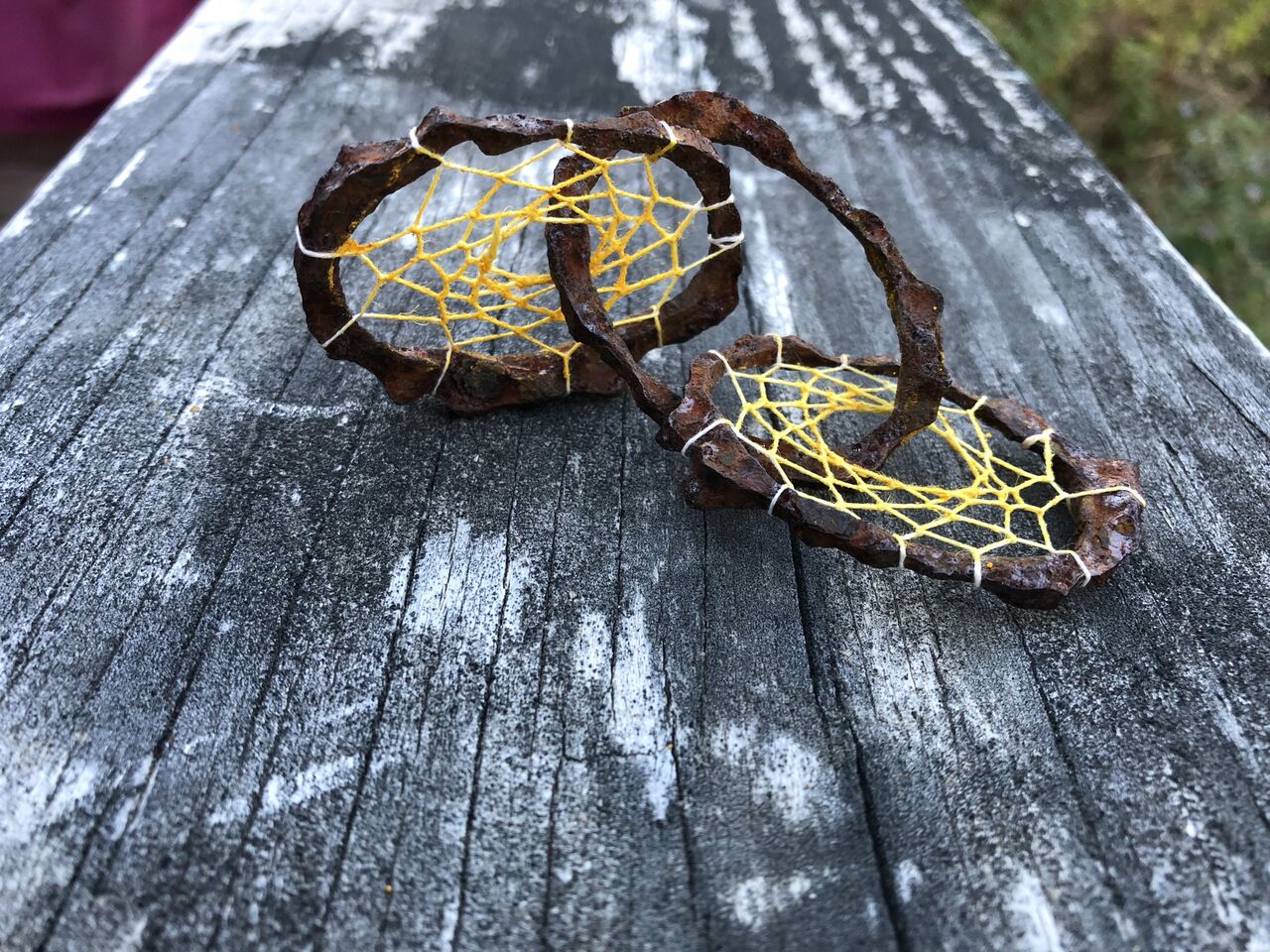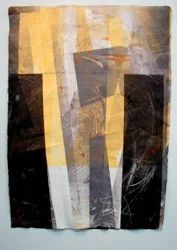2024 Residents
Hannah Day
Hannah Day (b. 1997) is an artist and curator who works primarily in painting and site-specific installation. Hannah’s work draws on the nuances of her surroundings to speak to sensations of place and her memories that are tied to these landscapes. From 2015 to 2017, she attended San Francisco Art Institute where she studied environmental ethics and studio art. Day continued her education at Maine College of Art & Design where she received a Bachelor of Fine Art, with a concentration in Painting in 2020. Currently Day sustains her studio practice and co-directs gallery space 82Parris in Portland Maine.
Adrienne Kernan LaVallee
Making art is my life’s work and oil paint is my favorite medium. I enjoy the smell of linseed oil and the rich colors and many ways the paint can be applied to a canvas seem to be unending. It remains wet and workable for days, everything about oil paint is deeply satisfying to me. Primarily, I use palette knives, brushes and sometimes my gloved hands to create texture and give the painting a feeling of motion and vitality.
My subjects are inspired by the ever-changing colors, light, and energy of the Maine coast. These changes are the primary inspirations for my work. My paintings present an opportunity to experience coastal living in a unique, imaginative way. I want my expressively painted, abstracted landscape paintings to stimulate viewers’ senses and present something new or evoke special feelings or memories. When viewers are moved by my paintings, I have succeeded with my goals.
Adele Drake
Adele Drake is a Maine landscape painter, originally from Philadelphia, PA. Since moving to Maine in 2002 she has shown extensively including at the Zillman art museum, Husson College, Lincoln Street Art Center and The Granite Gallery. In the Summer of 2024, she was chosen for the Monhegan artist in residence. Her work is in many private collections throughout the United States. Drake describes her paintings as a way to build a relationship with nature, a relationship that will heal and rejuvenate.


